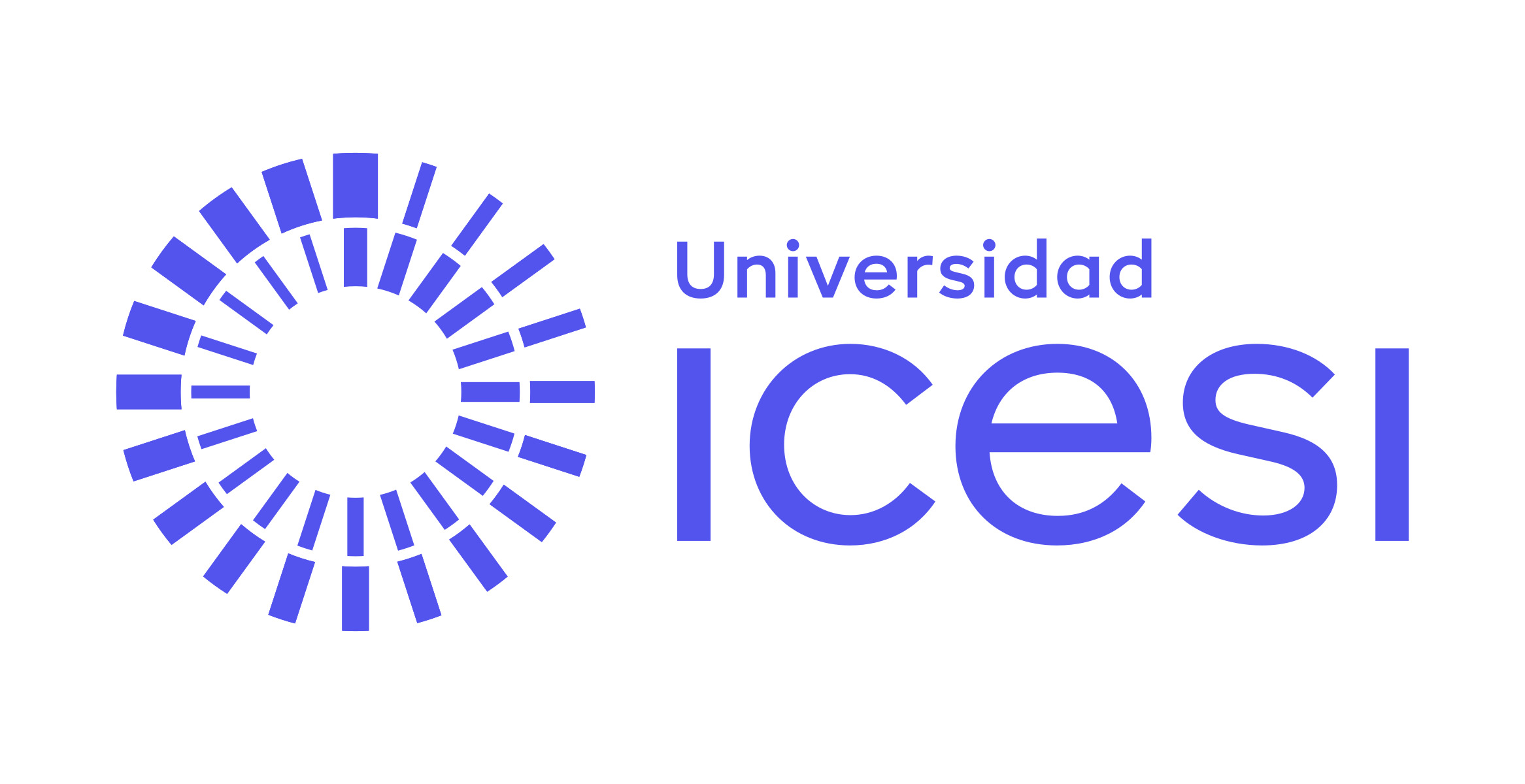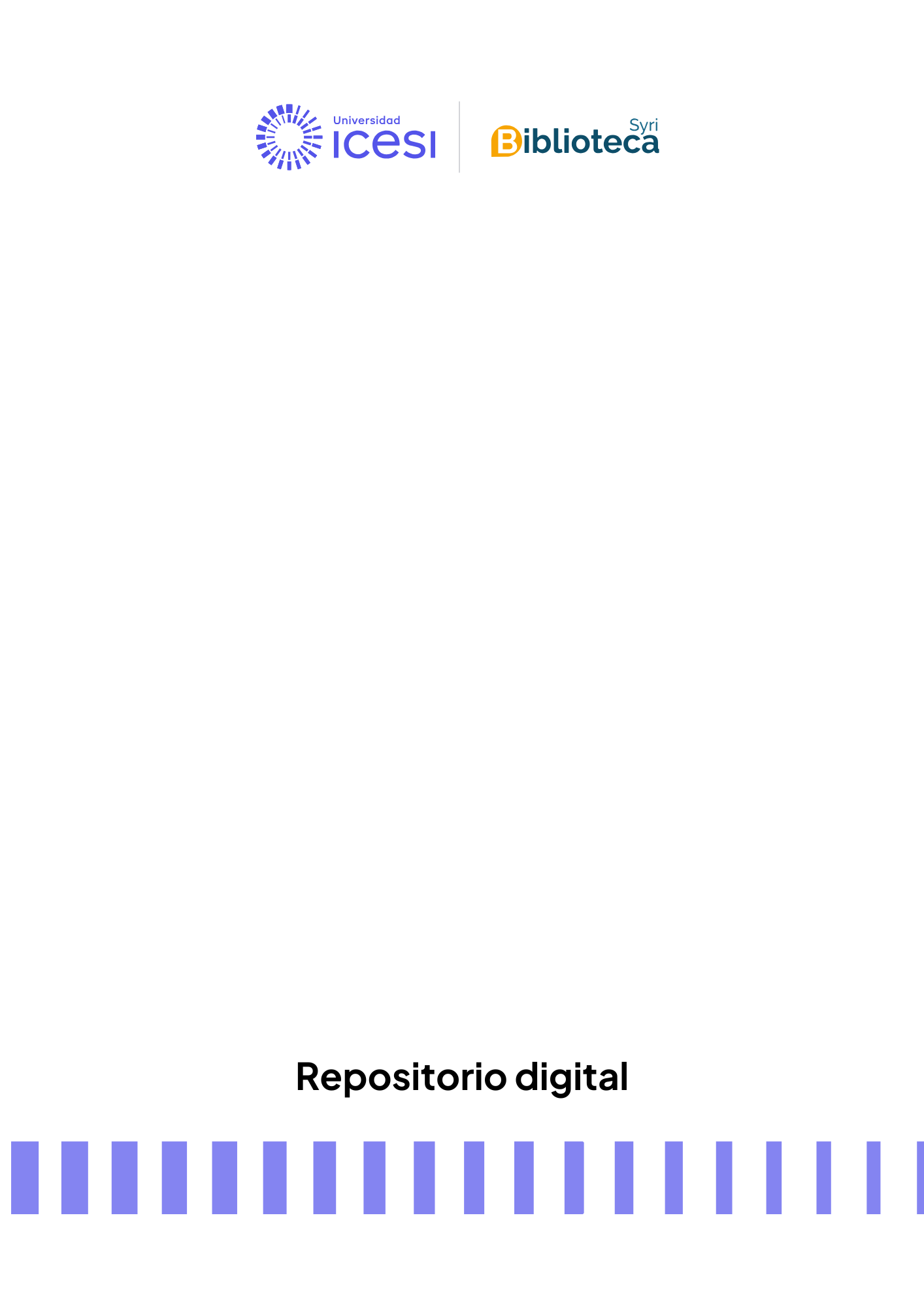Simulation and analysis of compressed sensing technique as sampling and data compression and reconstruction of signals using convex programming
| dc.audience | Comunidad Universidad Icesi – Investigadores | spa |
| dc.audience | anavarro@icesi.edu.co | |
| dc.contributor.advisor | 21st Symposium on Signal Processing, Images and Artificial Vision, STSIVA 2016 | spa |
| dc.contributor.author | Navarro Cadavid, Andrés | spa |
| dc.coverage.spatial | Canada (inhabited place) Coordinates: Lat: 38 21 00 N degrees minutes Lat: 38.3500 decimal degrees Long: 097 06 00 W degrees minutes Long: -97.1000 decimal degrees | |
| dc.date.accessioned | 2017-08-17T21:49:13Z | |
| dc.date.available | 2017-08-17T21:49:13Z | |
| dc.date.issued | 2016-12-14 | |
| dc.description.abstract | The information management has been treated primarily under the Nyquist sampling theory, but it is important to introduce new theories that replace deficiencies of what we know as the classical theory of sampling. These deficiencies create difficulties in data acquisition; this is a problem when large volumes of information are handled, in addition to the higher costs in storage and processing. This article presents the results obtained from the compressed sensing simulation technique applied to two types of signals. The aim of this paper was to simulate a communication system involving the data recovery applying the compressed sensing technique, analyzing sampling rates reduction, measuring the efficiency of the process and the behavior of the technique. The recovery of the signal is made using convex programming and using l1 norm minimization for recover the signals in the time domain. We used the L1Magic toolbox, which is a set of Matlab® functions used to solve optimization problems in this case with the l1eqpd function. As a summary of the obtained results, we checked the efficiency of the compressed sensing technique, minimum average rates for sampling the constructed signals, and the best performance of the technique to recover soft signals compared to non-differentiable signals. Additionally, the recovery results of an audio signal with the compressed sensing technique, by varying the sampling rate and checking the audibility of the signal, are presented. This allowed the testing of this technique in a real scenario, finding a good opportunity for the transmission of audio signals in a more efficient way. | eng |
| dc.description.sponsorship | Universidad Pontificia Bolivariana (UPB) | spa |
| dc.format.extent | [Sin páginación] | |
| dc.format.medium | Digital | spa |
| dc.format.mimetype | application/pdf | |
| dc.identifier.doi | http://dx.doi.org/10.1109/STSIVA.2016.7743312 | |
| dc.identifier.instname | instname:Universidad Icesi | |
| dc.identifier.isbn | 9781509037971 | |
| dc.identifier.reponame | reponame:Biblioteca Digital | |
| dc.identifier.repourl | repourl:https://repository.icesi.edu.co/ | |
| dc.identifier.uri | http://hdl.handle.net/10906/81948 | |
| dc.language.iso | eng | |
| dc.publisher | Institute of Electrical and Electronics Engineers Inc. | |
| dc.publisher.department | Departamento Tecnologías de Información y Comunicaciones | spa |
| dc.publisher.faculty | Facultad de Ingeniería | spa |
| dc.publisher.place | Canada | spa |
| dc.publisher.program | Ingeniería Telemática | spa |
| dc.relation.ispartof | 21st Symposium on Signal Processing, Images and Artificial Vision, STSIVA 201 | |
| dc.rights | EL AUTOR, expresa que la obra objeto de la presente autorización es original y la elaboró sin quebrantar ni suplantar los derechos de autor de terceros, y de tal forma, la obra es de su exclusiva autoría y tiene la titularidad sobre éste. PARÁGRAFO: en caso de queja o acción por parte de un tercero referente a los derechos de autor sobre el artículo, folleto o libro en cuestión, EL AUTOR, asumirá la responsabilidad total, y saldrá en defensa de los derechos aquí autorizados; para todos los efectos, la Universidad Icesi actúa como un tercero de buena fe. Esta autorización, permite a la Universidad Icesi, de forma indefinida, para que en los términos establecidos en la Ley 23 de 1982, la Ley 44 de 1993, leyes y jurisprudencia vigente al respecto, haga publicación de este con fines educativos. Toda persona que consulte ya sea la biblioteca o en medio electrónico podrá copiar apartes del texto citando siempre la fuentes, es decir el título del trabajo y el autor. | spa |
| dc.rights.accessrights | info:eu-repo/semantics/openAccess | |
| dc.rights.coar | http://purl.org/coar/access_right/c_abf2 | |
| dc.rights.license | Atribución-NoComercial-SinDerivadas 4.0 Internacional (CC BY-NC-ND 4.0) | |
| dc.rights.uri | http://creativecommons.org/licenses/by-nc-nd/4.0/ | |
| dc.subject.proposal | Simulación | spa |
| dc.subject.proposal | Automatización y sistemas de control | spa |
| dc.subject.proposal | Ingeniería de sistemas y comunicaciones | spa |
| dc.subject.proposal | Telecomunicaciones | spa |
| dc.subject.proposal | Systems engineering | eng |
| dc.subject.proposal | Telecommunication | spa |
| dc.subject.proposal | Automation Command and control system | eng |
| dc.subject.proposal | Muestreo | spa |
| dc.subject.proposal | Gestión de la información | spa |
| dc.subject.proposal | Sistemas de comunicaciones | spa |
| dc.title | Simulation and analysis of compressed sensing technique as sampling and data compression and reconstruction of signals using convex programming | |
| dc.type.coar | http://purl.org/coar/resource_type/c_c94f | |
| dc.type.coarversion | http://purl.org/coar/version/c_970fb48d4fbd8a85 | |
| dc.type.driver | info:eu-repo/semantics/conferenceObject | |
| dc.type.local | Documento de conferencia | spa |
| dc.type.version | info:eu-repo/semantics/publishedVersion |
Archivos
Bloque original
1 - 1 de 1

